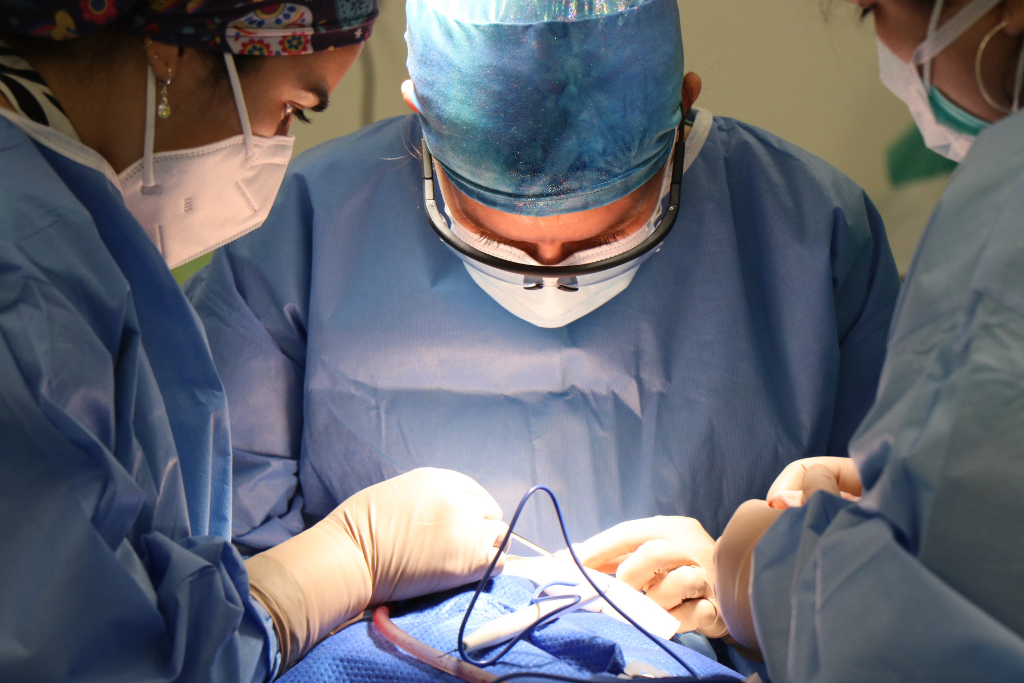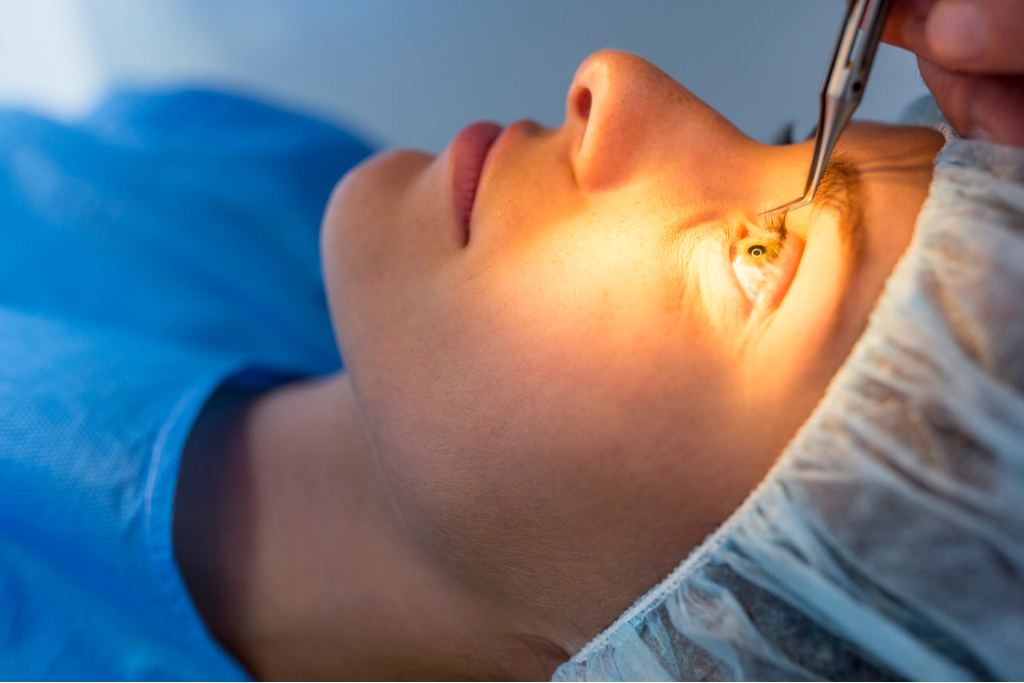Corneal Swelling After Cataract Surgery: Causes, Symptoms, and Management
Introduction:
Cataract surgery is a usual and mostly safe action to help people with cataracts see clearly again. The operation usually works well, but some people might get a problem called corneal swelling or edema after the surgery. In this article, we will explore the reasons behind Corneal Swelling After Cataract Surgery: Causes, Symptoms, and Management and the appropriate management strategies. Always get in touch with Best Eye Specialist in Thane.
What is Cataract Surgery?
Cataract surgery is a normal, no hospital stay movement. It fixes cloudy eye lens (cataract) and brings back clear sight. In surgery, the foggy lens gets taken out and they put in an fake eye thing (IOL) instead. Usually done with local anesthesia, the surgery is less harmful.

It doesn’t need big cuts and often uses sound waves or laser technology for smaller operations. People often see much better soon after the operation, and improvements like special implants let them not need glasses as much. Cataract surgery works well and has a small chance of problems. It’s one of the most done and good surgeries around the world. Eye is very sensitive part of human body, always get in touch with Eye Care Cornea Centre in Thane.
Causes of Corneal Swelling After Cataract Surgery:
1. Surgical Trauma:
In cataract surgery, the eye gets many moves like taking out the cloudy lens and putting in a fake inside-eye glass called an IOL. These steps may cause short-term pain and worry on the cornea, leading to swelling.
2. Endothelial Cell Damage:
The cornea has a thin layer of special cells called endothelial cells. They are very important for keeping the cornea clear and see-through. The surgery process, especially if it’s tough or long can hurt these body cells. This makes the fluid control bad and cause bloating after that.
3. Inflammatory Response:
Injury or surgery can cause the body to have a normal reaction called inflammation. The process called inflammation uses many different chemicals. These can help fluid build up in the cornea, making it swollen or puffy.
4. IOL-Induced Changes:
Putting a fake eye lens can make your eyes look and work differently. Getting the IOL too big or not putting it in right can cause swelling of the cornea.
Symptoms of Corneal Swelling:
1. Blurred Vision:
Swelling of the cornea often leads to blurry or cloudy sight. People who have cataract surgery might see their eyesight get worse. This can make them worry.
2. Increased Sensitivity to Light:
Too much light hurts often when someone has water in their eye cover called corneal edema. This is quite common. This can make it tough for patients to be in well-lit places.
3. Halos and Glare:
Swollen corneas can make lights look like they have halos or glare, especially at night time and in situations with different lighting.

4. Eye Discomfort:
Patients may feel uncomfortable, like they have something in their eye that shouldn’t be there. We can say this is happening because the cornea’s shape changes and feelings get more sensitive. If you suffer from any of symptoms get in touch with Best Retina Specialist in Thane West.
Management of Corneal Swelling:
Topical Medications:
Prescriptions for eye drops with corticosteroids and non-steroidal anti-inflammatory drugs (NSAIDs) might be given to lessen swelling. This helps control fluid buildup in the cornea of your eyes. These drugs help control the healing process after surgery.
Frequent Monitoring:
Checking the eye doctor is very important to see how much cornea swelling gets worse. Regular check-ups help to change medicine or add treatments if needed.
Prolonged Steroid Use:
Sometimes, it might be needed to use steroid eye drops for a long time. This helps reduce swelling and makes the cornea better again. But, when using steroids you need to be very careful because there might be bad effects.
Reducing IOL-Induced Factors:
If swelling of the eye is blamed on problems with lens inside it, changes might be made to fix these issues. This might need moving or switching the IOL to lessen pressure on the cornea.
Selective Laser Trabeculoplasty (SLT):
SLT is a laser method that might be thought about when eye swelling results in more pressure on the inside of your eye. This treatment aids in making eye fluid drain better.
Conclusion:
While corneal swelling after cataract surgery may be a concerning complication, it is important to note that it is often a temporary and manageable condition. With advancements in surgical techniques and vigilant postoperative care, the majority of patients experience a successful recovery with improved vision. Early detection of corneal edema, appropriate medical intervention, and regular follow-up appointments are crucial in ensuring optimal outcomes for individuals undergoing cataract surgery. As with any medical condition, individuals experiencing unusual symptoms or complications should promptly consult their Lens Replacement Surgery in Thane for personalized assessment and guidance.
Recent Post
How to Choose the Best Hospital for Cataract Surgery in Thane
Introduction Factors When Choosing the Best Hospital for Cataract Surgery in Thane Conclusion: One of the most popular and effective methods…
Best Glaucoma Treatment in Thane: Expert Care and Latest Innovations
What is Glaucoma? Diagnosis of Glaucoma in Thane Best Glaucoma Treatments in Thane Tips for Managing Glaucoma Conclusion: A class of…
10 Vital Tips for a Fast Recovery After LASIK Eye Surgery
10 Tips for a Fast Recovery After Best LASIK Eye Surgery Conclusion: Many people find that their eyesight significantly improves after…



